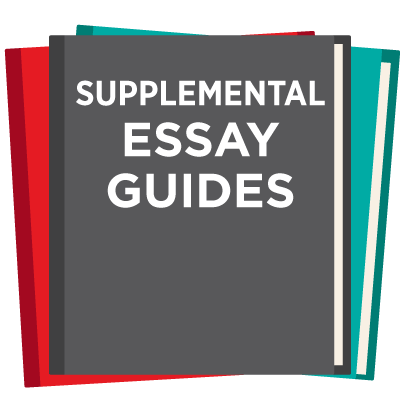How to Prepare for Timed Writing Exercises
 One of the latest trends in the admissions world is requiring timed writing exercises. This new piece of the application puzzle has been popping up in the admissions process for competitive high schools and specialized BS and postgraduate programs.
One of the latest trends in the admissions world is requiring timed writing exercises. This new piece of the application puzzle has been popping up in the admissions process for competitive high schools and specialized BS and postgraduate programs.
The thought of crafting a succinct and meaningful response to a mystery prompt in one sitting is enough to send shivers down even the greatest of writers’ spines. Luckily for you, there are still ways you can prepare for this unique assignment.
What’s the point?
The timed writing assignment serves to test your ability to write concisely, think critically on your feet, and articulate your thoughts in a clear and organized manner. With practice, you can train yourself to do this on command, and fairly well at that!
What will the prompt be like?
Of course, it’s impossible to know the prompt before sitting down to complete the assignment. (That’s kind of the point!) That being said, here are a few examples of timed writing prompts circulating in the admissions world:
What is a topic, activity or idea that excites you? Tell us why. Examples may include hobbies, books, music, podcasts, movies, etc.
Tell us about the person who has most impacted your life and how.
Describe something you have accomplished over a significant amount of time.
Resilience is defined as the ability to adapt and learn from a difficulty. Reflect on a time when you have exhibited resilience. What growth did you see in yourself after this experience?
Describe a situation in which you came into contact with someone whose beliefs were different from your own. What did you learn from this experience and were your beliefs altered in any way?
The common thread connecting all of these prompts is you! Admissions will likely provide a prompt that is fairly personal because they want to learn more about the person behind the application.
How does one prepare?
Set a timer for the amount of time you think you’ll have to complete the assignment. If you’re not sure how much time you’ll be given, start with ten minutes. Then attack it like this:
Choose a sample question for practice. Spend the first whole minute reading the prompt. Sit with it. Reflect on it. Make sure you fully understand what is being asked of you and then begin generating an initial concept of what you might like to say in response.
Next, jot down a quick thesis statement, the main point that you’d like to communicate through your writing. From there, think about:
- An introduction
- Two to three supporting points
- A conclusion
This outline is going to be very helpful for organization’s sake. Of course, since time is precious, there is a balance to be struck regarding how much time you take to construct beautiful verbose sentences. Try not to linger on every word, especially at the beginning of the writing process; an unexciting written word is always better than the perfect unique one that is stuck on the tip of your tongue! You’ll remember what it is you were thinking of about three hours after you’ve finished and submitted the exercise. (We don’t know why it works like this, it just does!) So, get out what you can and don’t stress over perfection.
Try, if you can, to leave yourself the last few minutes to read your response over and eliminate any obvious mistakes. Fill in any holes in your argument, double check your use of punctuation, and make sure you answered all parts of the question.
When you’re done, stand up, walk away from your computer, grab a snack, stretch, then come back. Reread everything you wrote. Consider what could be stronger and assess what someone reading this short essay might like to know that you hadn’t addressed. If you’d like, ask a trusted friend or relative to read your response and ask them for their honest assessment.
Finally, there’s only one thing left to do, rinse and repeat. The more practice you have under your belt, the more likely you’ll be able to execute well on the day of the timed writing exercise. Try doing this exercise a few times a week, no fewer than five or six times before you have to sit down to do the real thing.
We bet you’ll find that with each attempt, you’ll be able to work more quickly and better envision your draft using the outline format we mentioned above.
What are the pitfalls?
Part of the challenge and beauty of the timed writing exercise is that you have to build up the confidence to commit to whatever topic you choose. It’s highly unlikely that you will have time to start over if you decide your idea isn’t giving as much as you had hoped, so whatever you decide to write about, stick with it and follow it through until the end.
We’ve said it once and we’ll say it again: no one is submitting a perfect essay in a timed writing exercise. And admissions isn’t looking for perfection but is, rather, evaluating your ability to communicate within a set amount of time. Take a deep breath before you begin and trust yourself.
Any final tips?
If you’re applying to a specific specialized program, see if you can find examples online of past questions to get a better sense of what you can expect. The question will likely ask about your interest, motivation, and/or goals. It might be a good idea to draft a short list of reasons why you’re pursuing this career path, qualities that make you a great candidate for this line of work, and stories or anecdotes that demonstrate these reasons or qualities.
Thinking about this in advance might also help if you find yourself stumped by a question. If you find yourself in this kind of situation, we encourage you to think about the things you want admissions to know about you, then see if you can work backward and finesse your response to include some of those highlights. Happy writing! 🙂










